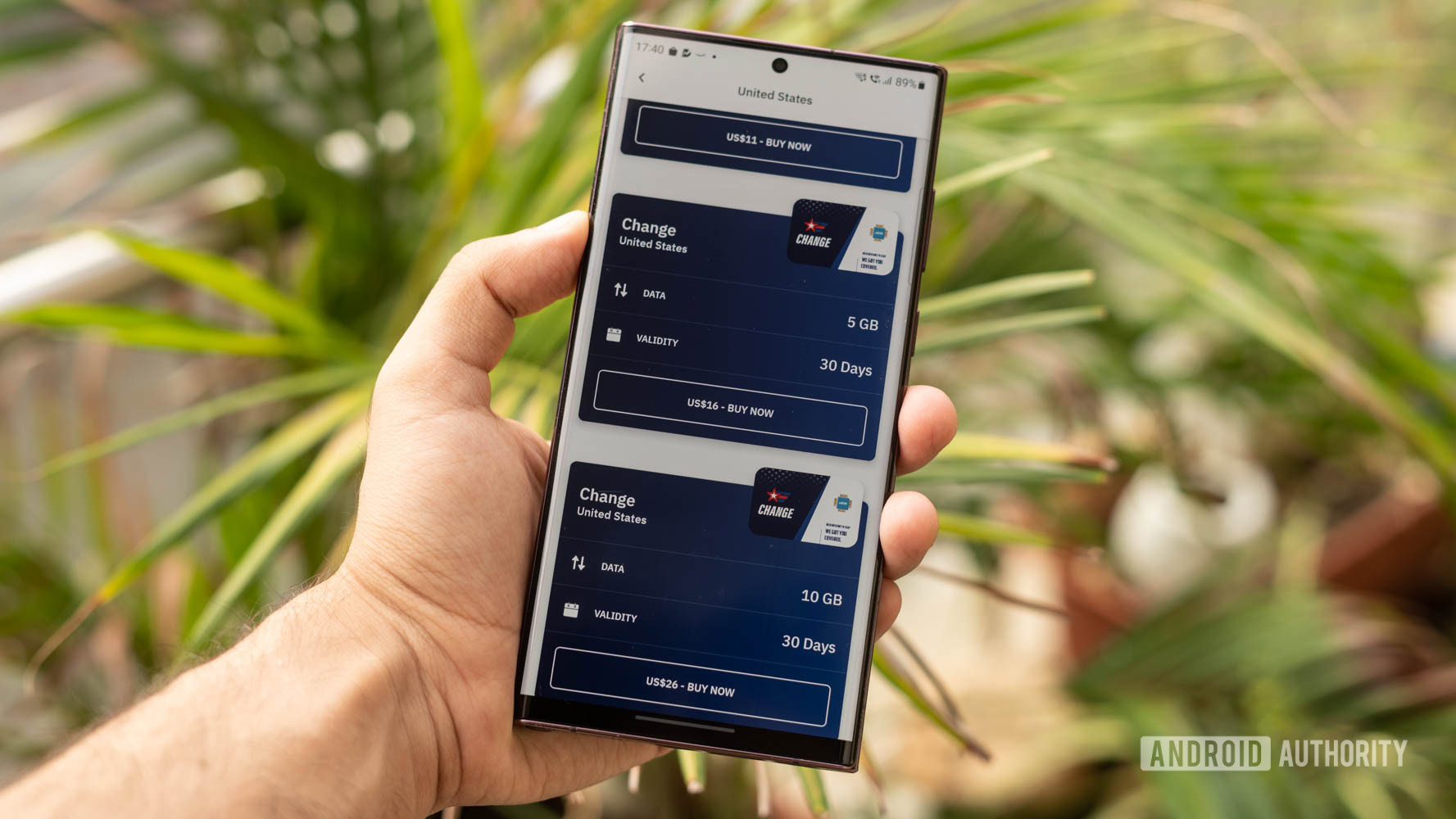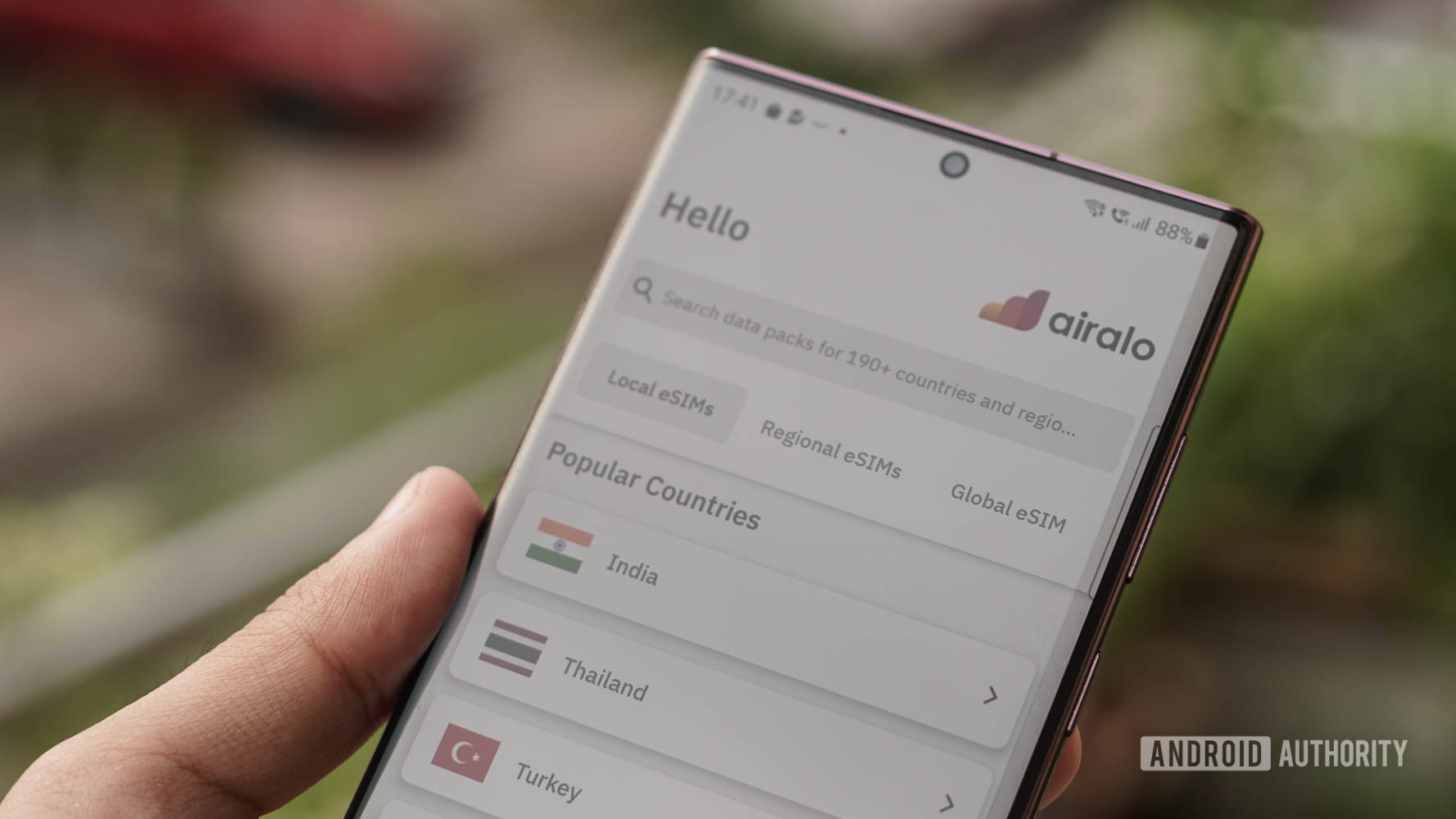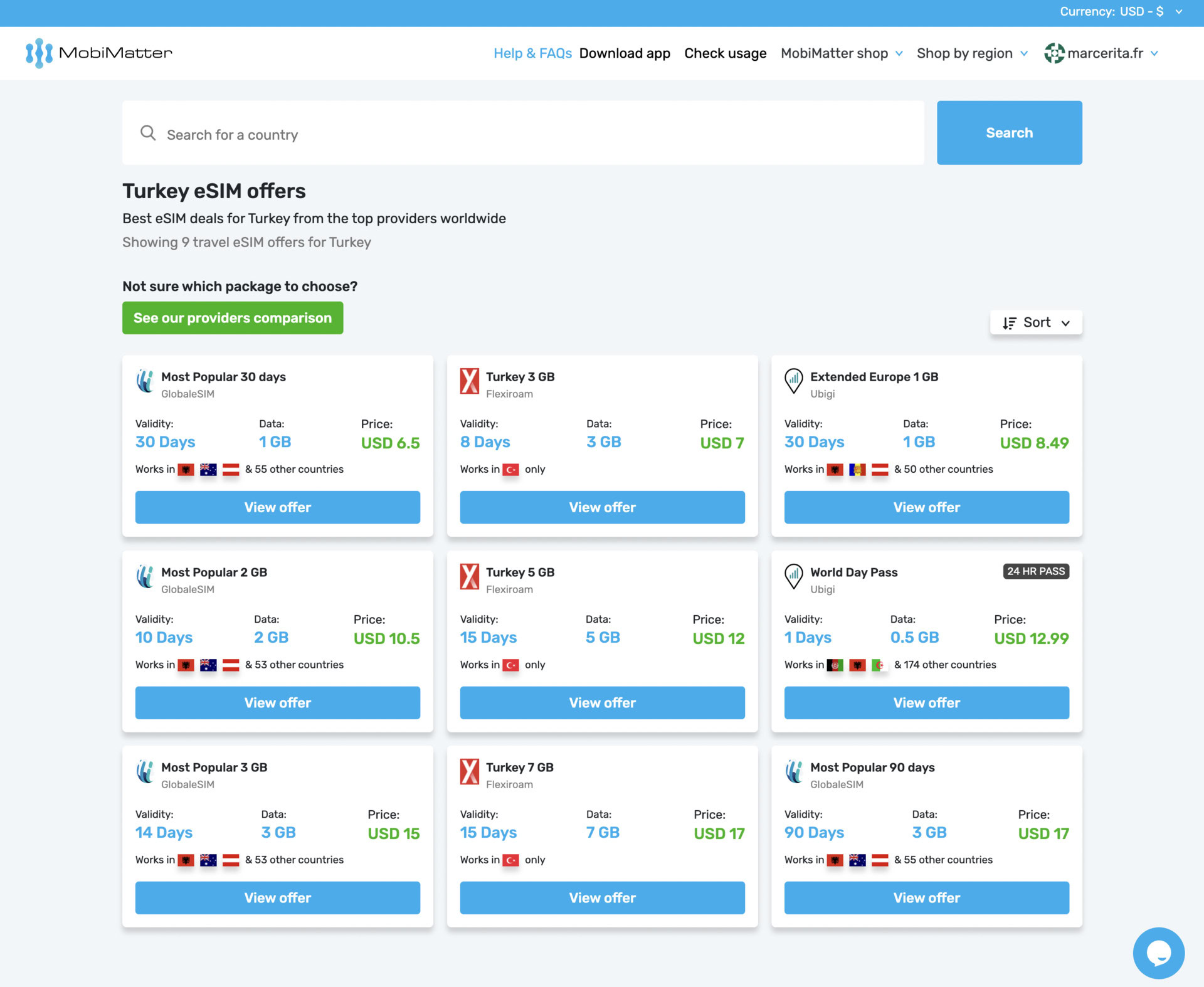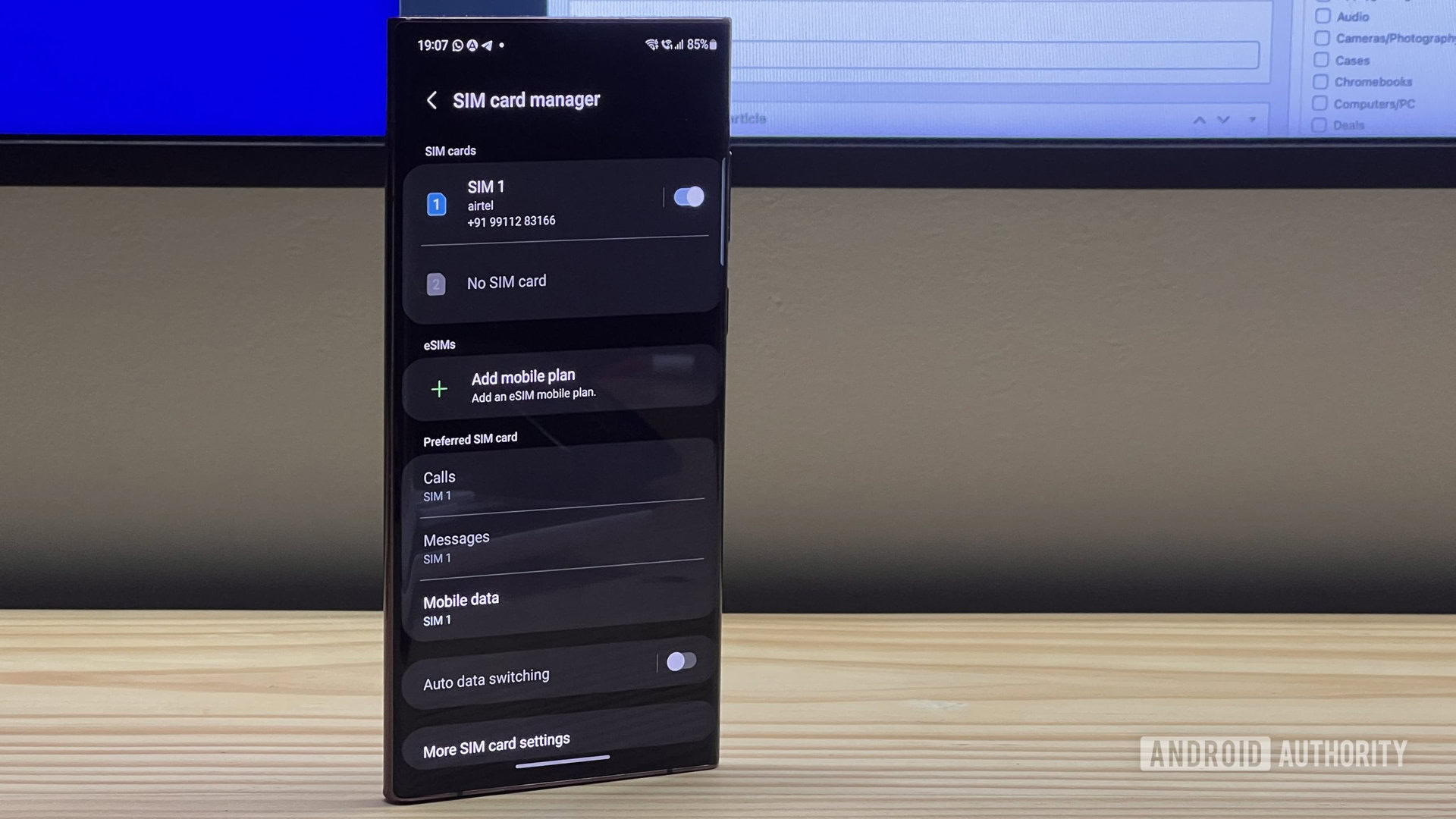Affiliate links on Android Authority may earn us a commission. Learn more.
As a frequent traveler, I'll never buy a phone without an eSIM slot
July 23, 2022

I’ve got a bit of a travel streak in me, but much as I might fashion myself as the next Ernest Shackleton, reliable data connectivity has kept me on track everywhere. From Brunei’s jungles to the Carpathian mountains and even at the Chernobyl exclusion zone, I’ve struggled but usually managed to find cellular connectivity to check up on local sights, post a check-in on Foursquare (remember that?) or have a link to emergency services. It shouldn’t come as a surprise to any seasoned traveler that hopping around for a local SIM is the first thing I used to do after landing at an airport. But the humble eSIM has made that a thing of the past.
Must read: What is eSIM? Everything you need to know
It’s hard to believe, but despite being immersed in tech all day long, I’ve still stuck around to old-school SIM cards for my regular line(s). They’re convenient to swap out between review devices, don’t need any provisioning, and are generally free of all the trappings of more modern solutions. However, recently, I chanced upon Airalo ahead of a recent work trip to Dubai. It looked too simple to be true, but sometimes the best things are.

It’s all pretty straightforward. The Airalo app allows you to purchase an eSIM ahead of your travel dates. You can set it up on your phone right then and there, but it’s only activated when your phone connects to the locally supported network. True to its promise, it worked seamlessly and latched onto a network the moment I landed at the airport.
eSIMs take away all the hassle associated with researching, picking up, and activating a local SIM card while traveling.
My colleague Rita recounted a similar experience with Mobimatter, another travel eSIM company. Traipsing across Belgium and Switzerland, she had no trouble getting cheap mobile data on the go.

The convenience of using an eSIM while traveling isn’t just limited to the installation experience. It also means that you can research prepaid eSIM cards for price comparison ahead of time. In fact, following our chat, Rita ended up shopping between Mobimatter and Airalo for her recent trip to Turkey. The entire experience removes all the friction associated with shopping for SIM cards. Additionally, you no longer have to look around for airport stores stocking prepaid SIM cards. As someone who still has nightmares of running across Barcelona looking for a SIM card ahead of the MWC rush, eSIMs are a blessing in disguise.
See more: The best travel apps for Android
There are also significant cost savings to be had. An international roaming plan on my network provider, Airtel, costs about $100 for 5GB of data. The same plan would run me $16 using an eSIM service.

Of course, for all its advantages, you do need to keep a few things in mind. For example, setting the right APN before you travel is critical, or you risk getting charged an international roaming fee on your primary SIM card. You’ll also want to remember to switch data access on SIM cards as you cross borders. A local SIM also allows you to make phone calls, but with the world moving to apps like WhatsApp and Telegram, that’s not as big an issue as it used to be. Put together, the issues are minor inconveniences at best in the face of the life-changing experience of not having to hunt down SIM cards in a foreign land.
Getting started with a travel eSIM is remarkably straightforward, and there's no going back.
Personally, I’d never given eSIM cards a second thought simply because I hadn’t felt the need for one. But after my recent experience of using them while traveling, I know I’m definitely not returning to the old days, and eSIM support has become a must-have for me for my next phone.
Have you used an eSIM while traveling? Do you have any interesting eSIM anecdotes to share? Let us know in the comments section.